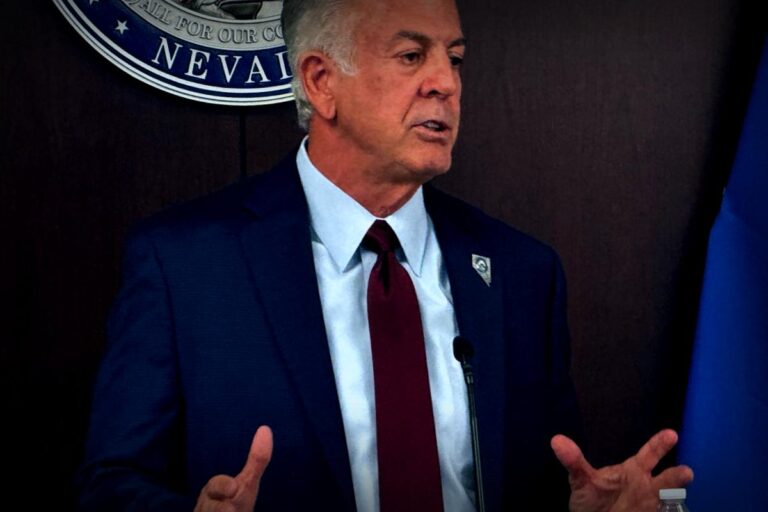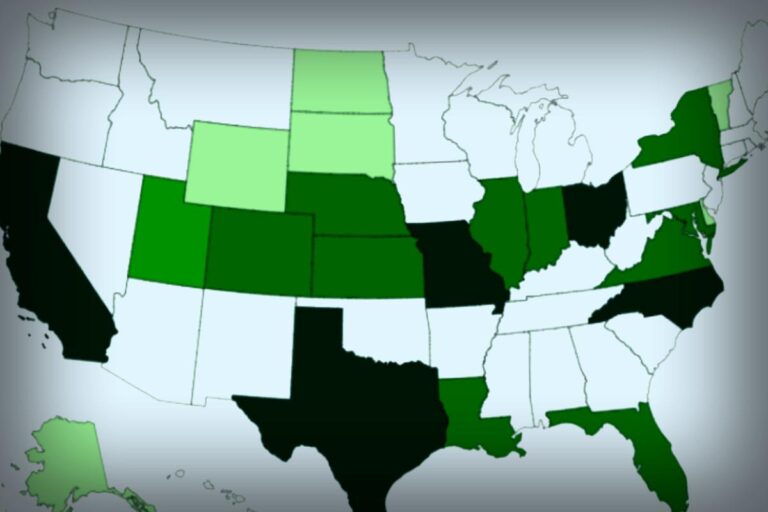
On Wednesday, press secretary Karoline Leavitt announced that we might never see two significant government reports on inflation and job numbers for October. Thanks to the recent six-week government shutdown, the usual flow of essential data relied upon by Wall Street and economic decision-makers has been disrupted.
Even though the shutdown is expected to wrap up soon, officials suggest that the October reports on inflation and jobs are sadly going to be lost due to this extended break at federal agencies.
According to Leavitt, this lack of economic data significantly compromises the ability of the Federal Reserve to make informed decisions during a critical period. “Policymakers are essentially flying blind now,” she stated, indicating how the shutdown has greatly hindered government data access.
The press secretary pointed a finger at the Democrats for causing challenges for investors, economists, and Federal Reserve policymakers, making it incredibly tough to gather necessary government information.
While the White House was tight-lipped about additional specifics following Leavitt’s claims, the Bureau of Labor Statistics (BLS) remains silent on when it will begin clearing the backlog of crucial economic data, leaving many in the dark.
Previously, Leavitt raised concerns about the potential jeopardy of consumer inflation data for October due to the shutdown, but Wednesday marked the first acknowledgment from the White House that employment statistics might also be compromised.
The jobs report is a major indicator that markets watch closely, and the absence of official updates has left many economists scrambling for alternative insights, including a surge in private reports and estimations.
Current indicators paint a picture of weak hiring across the country, with potential upticks in layoffs, exemplified by the substantial loss of tens of thousands of white-collar jobs in major corporations. Additionally, thousands of government employees who had deferred resignations associated with the Trump administration only officially came off the payroll in October, likely impacting this month’s overall job figures.
August was the last month where we had reliable government statistics, showing an unemployment rate of 4.3% alongside a mere 22,000 new jobs created—a noticeable decline compared to earlier this year.
Once the government gets back to business, the BLS is anticipated to quickly release the often-waited September jobs report, which was initially slated for an October 3 release and relies on data filed before the shutdown began on October 1. However, gathering data for the October report presents more significant challenges since employees weren’t around to collect statistics during the shutdown.
Some job and wholesale price statistics might still be available because participating companies send a portion of this data directly to the BLS, but with employees on furlough for October, obtaining certain figures is bound to be much tougher.
Gathering labor data has its hurdles too; the household surveys essential for calculating the unemployment rate mainly require phone interviews, which can be problematic for just-transforming statistics.
As for inflation, without government price checkers in the field to monitor costs, it raises significant doubts. Erika McEntarfer, a former BLS commissioner, pointed out on social media that it’s simply unfeasible to retroactively check prices from a month ago. “You can’t just walk into a store like Costco in mid-November and figure out October’s prices,” she lamented.
The BLS did manage to relay September’s inflation figures during the shutdown, albeit later than planned, as these stats were crucial for adjusting Social Security benefits based on living costs.
This unprecedented shutdown has been a notable setback for a BLS historically hampered by budget constraints and political issues intensified since McEntarfer’s ouster earlier this summer.
Despite Leavitt’s concerns, prior to her remarks, many were still hopeful that the BLS would find a way to generate some form of October inflation data, perhaps leveraging less comprehensive data.
Analyst Omair Sharif from Inflation Insights expressed optimism earlier this week, stating, “I genuinely believe the BLS would strive to put out an October CPI, even if it will rely on a smaller data set.”
If you’d like to get in touch, you can drop Harriet Torry a line at harriet.torry@wsj.com


















